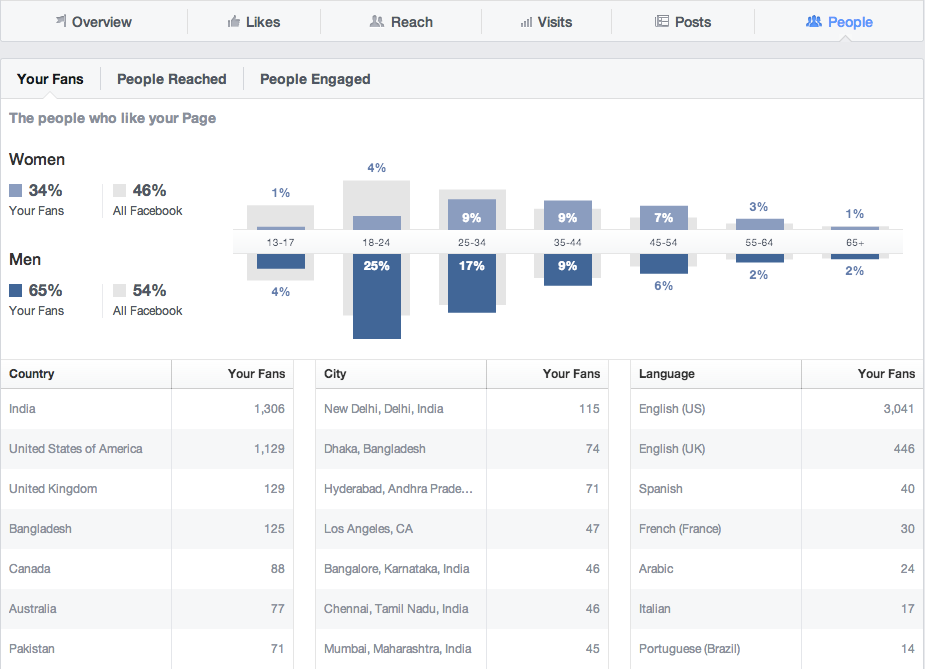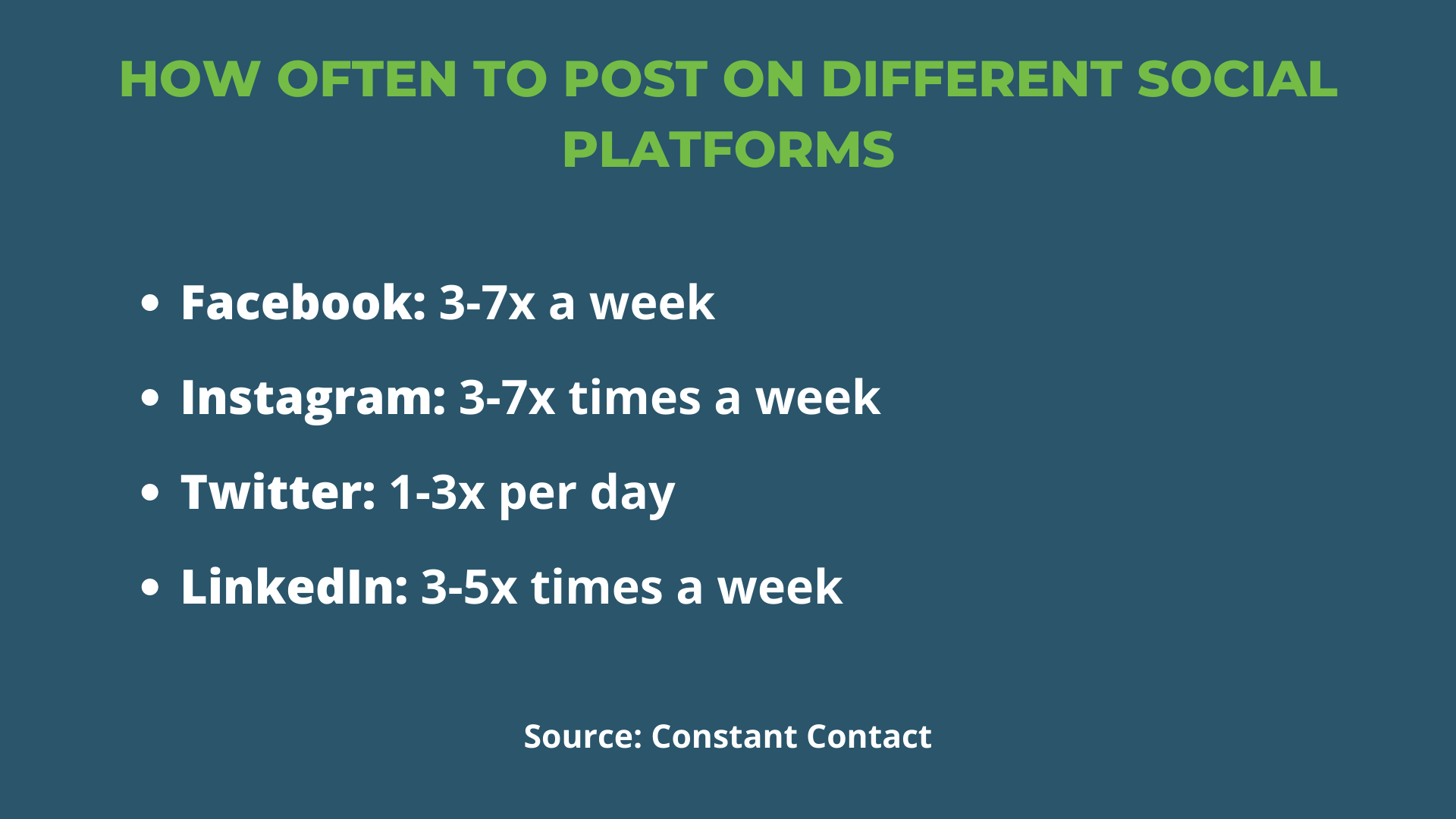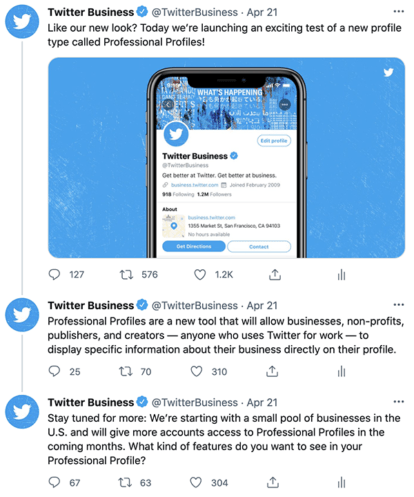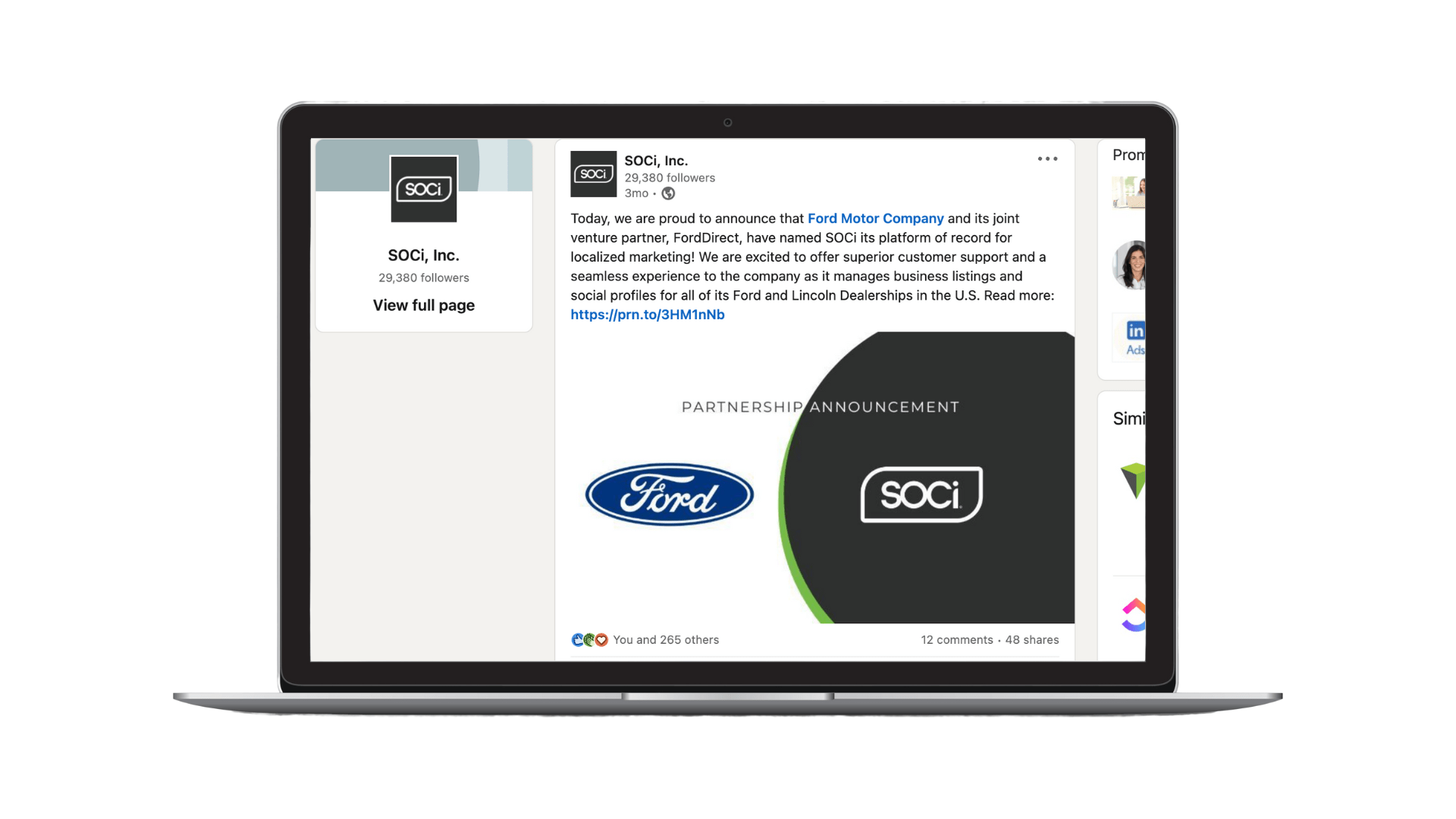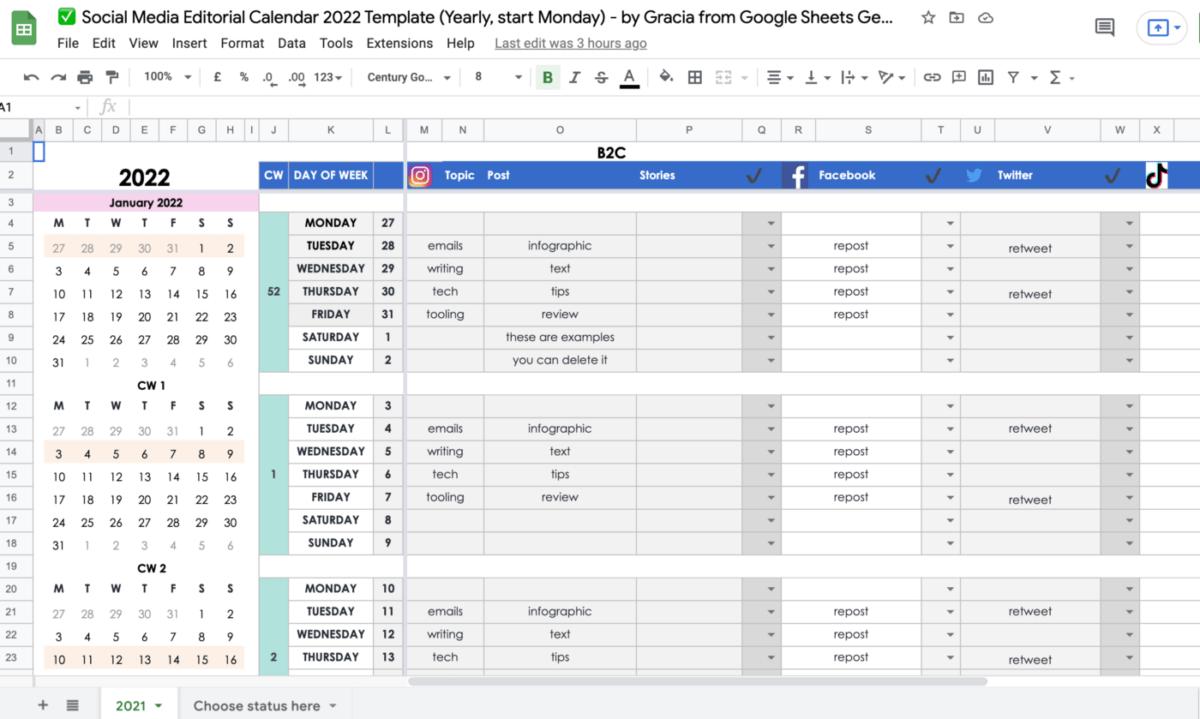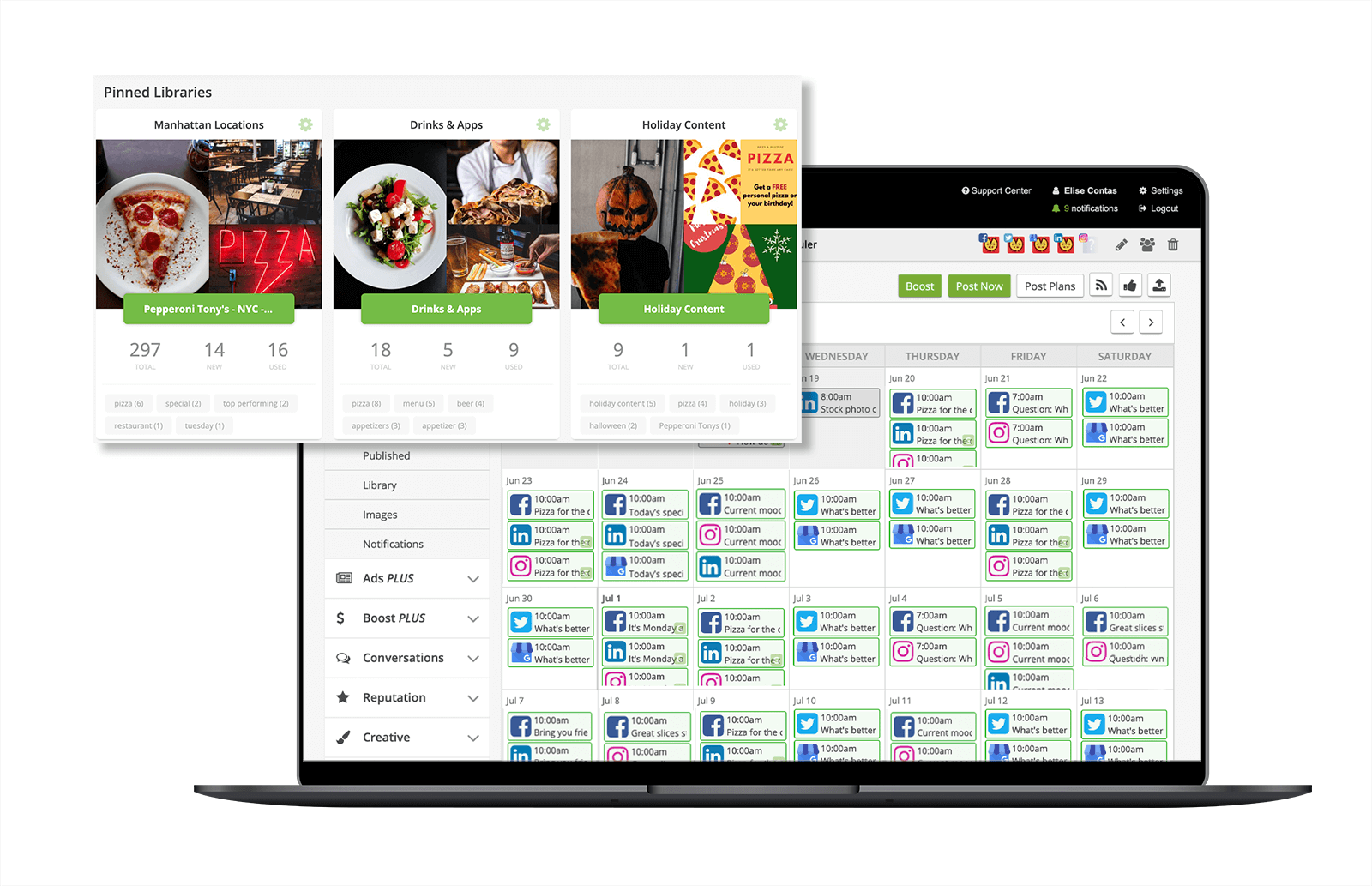How to Create a Social Media Calendar That Works for You
In 2021, nearly 92 percent of marketers in the U.S. who work for companies with 100 or more employees were expected to use social media in their marketing practices. With so many businesses on social platforms, it can be challenging to stand out. As a multi-location business, managing posts, engagements, and interactions on multiple social platforms can also be difficult.
A social media calendar will help you organize your campaigns and strategy by planning what posts will go out on which social media networks on which days ahead of time.
SOCi understands the importance of creating a solid social media plan as part of an overall marketing strategy. In this blog, we’ll explain how to create a winning social media strategy using a social media calendar and we’ll walk through why you need one and best practices.
What is a Social Media Calendar?
Table of Contents
A social media calendar is an overview of the content you plan to publish; it’s often organized by date, platform, and campaign. Your social media calendar can be a Google or Apple calendar, a Google or Excel spreadsheet, or an interactive dashboard.
Social media calendars typically provide a weekly, monthly and quarterly overview. How granular you get depends on the amount of content you’re producing. Regardless of the format or length, social media calendars often include:
- Date and time of the post
- Social media platform or network
- Asset type (copy, photos, videos, etc.)
- UTM links
- Mentions, tags, and hashtags
How to Develop a Social Media Calendar
As you’re mapping out your social media calendar, you also want to consider your business’s overall marketing strategy, which accounts for various campaigns, initiatives, and post type. Here are eight tips to help you plan out your social media calendar.
1. Who is Your Target Audience?
To ensure that your social media reaches the right people make sure you have a target audience in mind. Consider how your target audience will respond to your content when posting organically and develop content accordingly.
When advertising on social media, it’s even more important to have a detailed target audience. Nearly all social media platforms have demographic, geofencing, interest-based, and behavioral targeting capabilities. Read our social advertising blog post for more details on how social advertising works on each network.
You can also utilize your social media insights and analytics to gain more insight into your customer base. Planning what content to post on what platform becomes much easier and more effective when you better understand your audience and the best ways to reach them.
2. What are Your Posts’ Goals?
When possible, try to tie each post to a campaign goal. Are you trying to build brand awareness? Do you want to generate leads with an event or contest? Or are you growing revenue and promoting a new product or service?
When planning your social media calendar, consider your business’s long-term goals and how social media will impact those goals. For instance, if you need more leads next quarter, begin planning content around lead-capture campaigns such as webinars, referral campaigns, or targeted ads.
3. Where and How Often Should You Post?
You want to post where your target audience and customers are spending their time. A good rule of thumb is to always post on Facebook since it has over 2.9 billion monthly active users worldwide — the most of any social media platform.
Other platforms to consider, and their worldwide monthly active user count, are Instagram (1.47 billion), TikTok (1 billion), Snapchat (557 million), and Twitter (436 million). LinkedIn also has 822 million members, but it’s unknown how many are active daily or monthly.
According to research from Constant Contact, here’s how often you should post on some of the top social media platforms:
Remember, quality over quantity is key. Don’t just post for the sake of it. Ensure each post is well thought out and is tied to one of your content or campaign objectives.
It’s also important to remember that these are loose guidelines. If you have a major campaign, event, or product launch, consider posting more often and boosting posts to improve engagement and conversion rates.
4. When Should You Post?
As expected, you want to post when your target audience is most active and likely to see your content. Certain demographics such as age and location will impact when your target audience is online. Moreover, your industry will also affect when to post online. For instance, restaurants should consider posting in the late afternoon or early evening when diners begin to get hungry.
For universal days and times, recent research by CoSchedule revealed the following times and days had the highest engagement rate on social media.
Note, all times listed below are in your target audience’s time zone.
- Social Media (in general):
- Time: 7:00 pm, 3:15 pm, and 8:41 am
- Days: Friday, Wednesday, and Monday
- Facebook:
- Time: 9:00 am, 7:00 am, and 10:00 am
- Days: Friday, Wednesday, and Monday
- Instagram:
- Time: 9:00 am, 8:00 am, and 10:00 am
- Days: Wednesday, Friday, and Tuesday
- Twitter:
- Time: 10:00 am, 9:00 am, and 12:00 pm
- Days: Wednesday, Friday, and Thursday
- LinkedIn:
- Time: 11:00 am, 10:00 am, and 12:00 pm
- Days: Tuesday, Thursday, and Wednesday
5. Have a Review Process
A social media calendar can also help you quality control your social media. You can build a review process within your social media calendar so posts with grammatical errors don’t get published or posts don’t go live at the wrong time.
For multi-location businesses, SOCi Social has admin approval capabilities. Depending on your review process, either local managers or corporate team members can approve scheduled posts before they go live. Regardless, it’s important to have a review process in place when scheduling social media content.
6. Adhere to Brand Guidelines
It’s essential to have company-wide brand guidelines for your social media content. If a customer sees two of your business locations posting on social media, they should quickly realize both locations are part of the same company. Brand guidelines can help you achieve this.
These brand guidelines should include:
- Voice and tone directions
- Branded colors schemes
- Grammatical instruction
- Image and video sizes and specifications for each platform and content type
- Examples of good and bad content
- How to reply or interact with other accounts and posts
These guidelines will help you maintain brand consistency across all social media channels, and they’ll help reduce errors.
7. Utilize Multiple Posts for Longer Messages
Sometimes, your social campaigns and their messages have a lot to say. That’s OK! Instead of writing one long caption or publishing a lengthy video, break up your message into more bite-size posts.
For instance, if you’re writing a long tweet or a list on Twitter, make it a thread and have each main bullet point be an individual tweet. You can either publish your Twitter thread one at a time or all at once.
On other platforms, use short, engaging videos like reels for quick tips or how-to guides. You can also embed a link in the caption or comment section to take users to the full video or campaign.
8. Create Partnerships
We also recommend creating partnerships with other local businesses, nonprofits, or charitable organizations. Creating partnerships and scheduling and publishing social media content around these partnerships or events can increase brand awareness, boost customer engagement and retention, and generate more followers.
Ideally, you’ll work with your partners to share promotional content around the same time and to engage with each other’s content.
Part of your partnership agreement can include posting and tagging each other’s social media accounts across multiple social networks. With well-known partners, this tactic can heavily boost your local visibility. When building your social media calendar, incorporating content around your partnerships is key.
Social Media Calendar Tools and a Template
There are a lot of social media calendar templates and tools available. Some are relatively basic, while others are capable but clumsy and challenging to use.
We recommend using Google Sheets or Microsoft Excel for a basic and free version. One of the best free Google Sheets social media calendars is from Gracia Kleijnen with Google Sheets Geeks. This calendar can help you start your begin to organize your social content.
Courtesy of Gracia Keijnen
For multi-location businesses, we recommend using SOCi Social. SOCi’s social media management solution comes with the Community Calendar, which allows corporate and local teams to organize and share content libraries and pre-schedule social media posts.
SOCi Social also allows your business to respond immediately to social engagements and analyze performance across platforms and business locations.
Additionally, if you’re having trouble managing your social media channels, consider using SOCi Assist. SOCi Assist’s Content Management services team offers top-notch organic and paid social media assistance to help you boost your local social media presence.
Request a demo today for more information on how SOCi Social can help your multi-location business manage and optimize its local social strategy!
